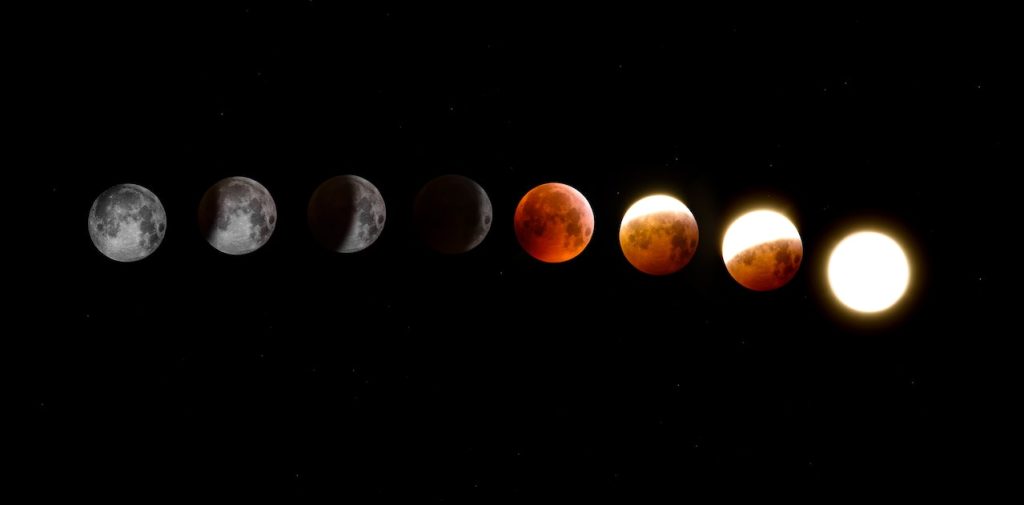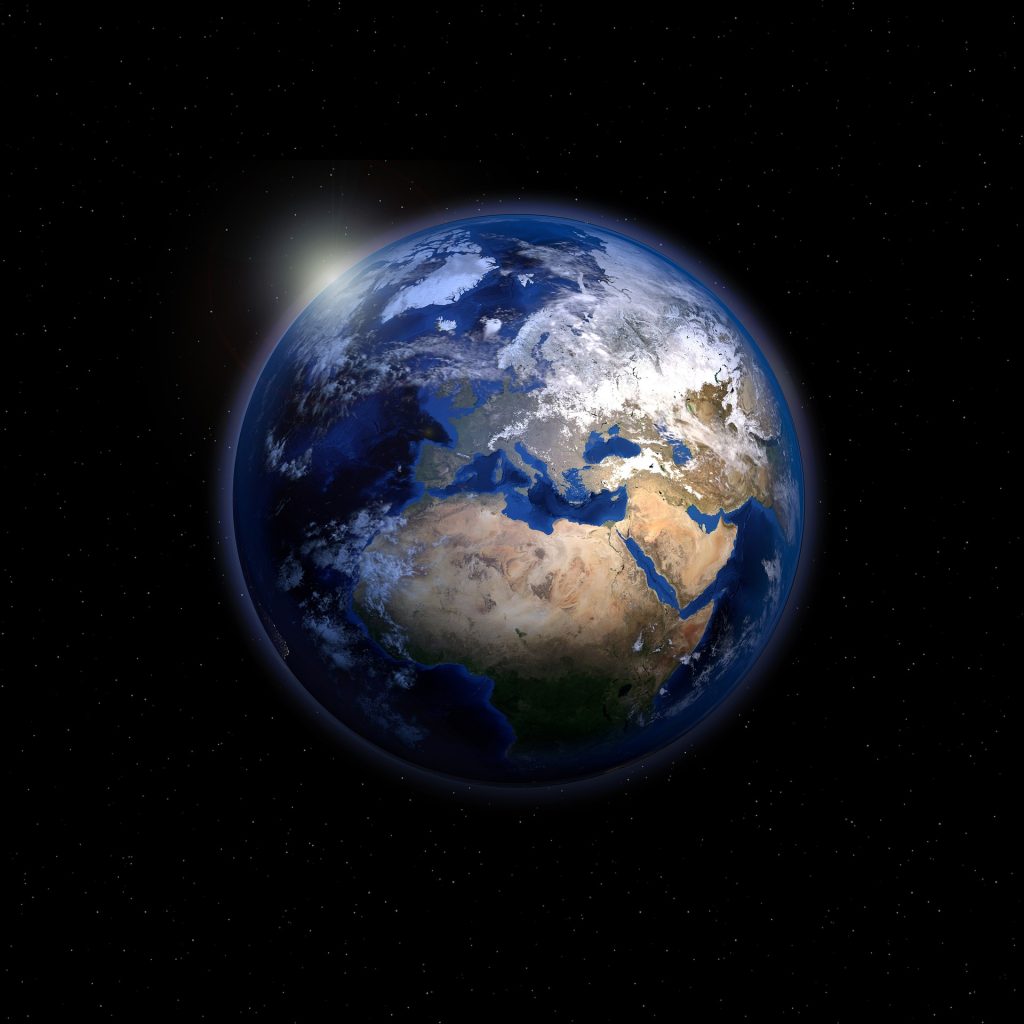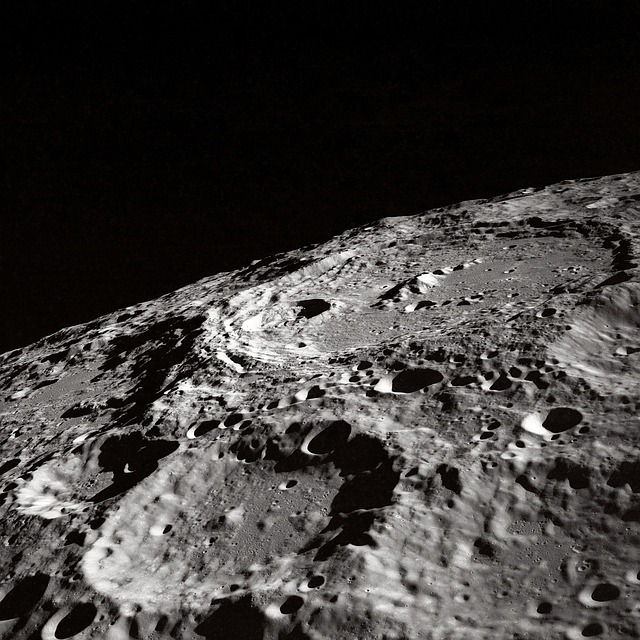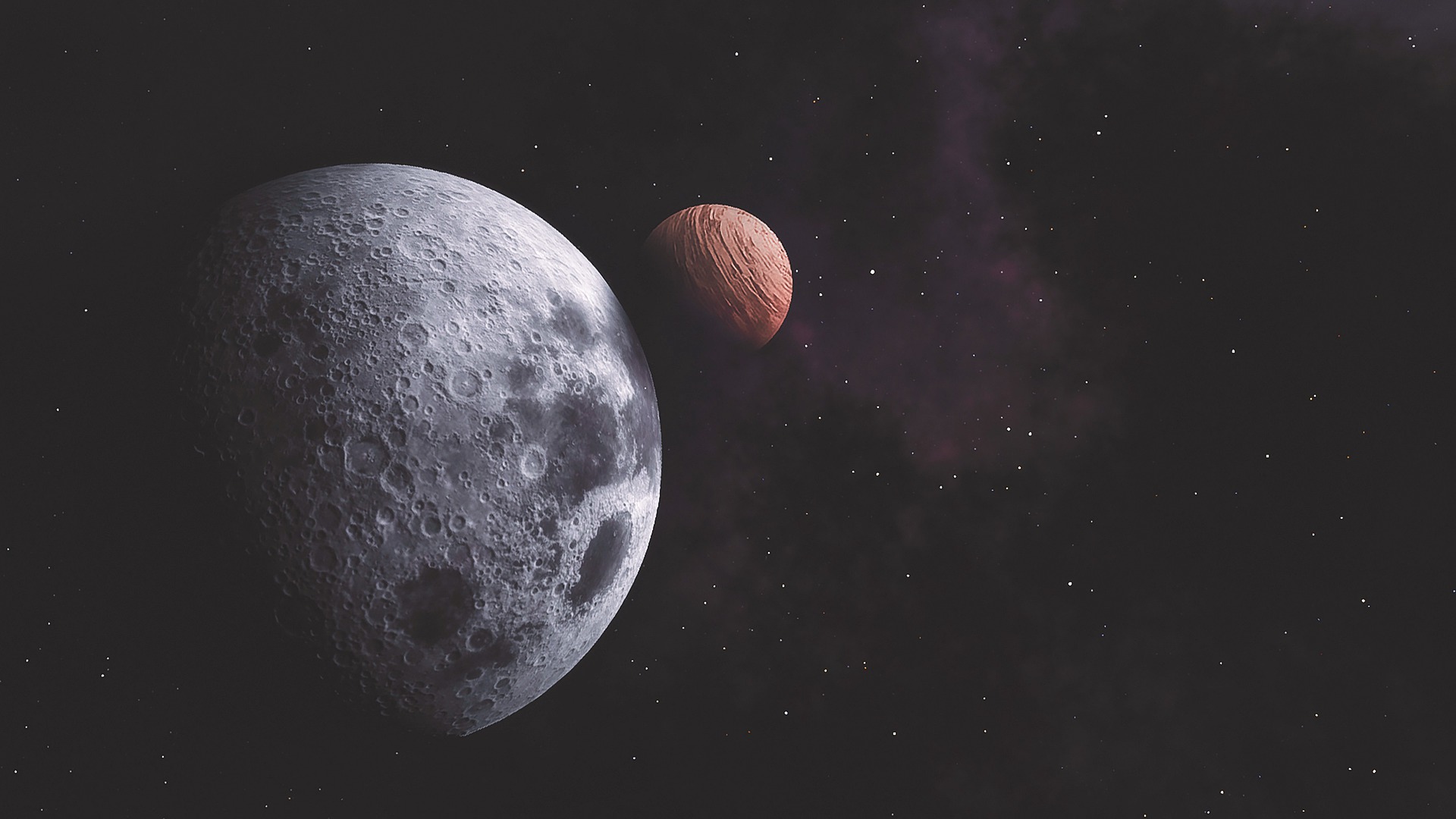The future of Earth is uncertain and will depend on a variety of factors, including human actions and natural changes. Some potential future scenarios include:
- Climate change: Earth's climate is changing as a result of human activities, such as burning fossil fuels and deforestation. This is leading to a warming of the planet, rising sea levels, and more severe weather events. If these trends continue, it could have severe consequences for human society and the natural world.
- Biodiversity loss: Human activities are also causing a loss of biodiversity, as species are driven to extinction by habitat destruction, pollution, and over-exploitation. This could have serious consequences for ecosystem functioning and the services they provide.
- Overpopulation: The global population is projected to continue growing, which could lead to increased demand for resources and greater strain on the environment.
- Technological advancements: Technological advancements in areas such as renewable energy, artificial intelligence, and biotechnology could help to mitigate some of these challenges, but they could also bring new risks and ethical dilemmas.
- Natural disasters: Earth is also prone to natural disasters such as hurricanes, earthquakes, volcanic eruptions, and asteroid impacts. These events can have devastating effects on human populations and the environment.

Overall, the future of Earth will be shaped by a complex interplay of factors, including human actions, natural changes, and chance events. Many of the challenges facing the planet will require collective action and cooperation at the global level to address them.
What will happen to the Earth in 2050?
It is difficult to predict exactly what will happen to the Earth in 2050, as it will depend on a variety of factors, including human actions and natural changes. However, based on current trends and projections, some potential impacts in 2050 could include:
- Climate change: It is predicted that the Earth's average temperature will continue to rise, leading to more extreme weather events, sea-level rise, and increased frequency of heatwaves and droughts. These changes could have severe consequences for human society and the natural world.
- Biodiversity loss: The loss of biodiversity is expected to continue, as species are driven to extinction by habitat destruction, pollution, and over-exploitation. This could have serious consequences for ecosystem functioning and the services they provide.
- Overpopulation: The global population is projected to reach around 9.7 billion by 2050, which could lead to increased demand for resources and greater strain on the environment.
- Technological advancements: Technological advancements in areas such as renewable energy, artificial intelligence, and biotechnology could help to mitigate some of these challenges, but they could also bring new risks and ethical dilemmas.
- Natural disasters: Earth is also prone to natural disasters such as hurricanes, earthquakes, volcanic eruptions, and asteroid impacts. These events can have devastating effects on human populations and the environment.
It's worth noting that these predictions are uncertain and could change based on the actions that are taken or not taken to mitigate these challenges. For example, if governments and societies take strong and effective measures to reduce greenhouse gas emissions and protect biodiversity, the impacts of climate change and biodiversity loss could be less severe than projected.
What is the alternative of Earth?
The alternative of Earth would be other planets or moons in the solar system or beyond that could potentially support life or be capable of being terraformed to support human life. However, currently, there is no known planet or moon in our solar system that is an exact match for Earth in terms of its atmosphere, temperature, and habitability. The planets Mars, Venus and some of the moons of Jupiter and Saturn have been studied as potential candidates for future human colonization, but it would be a significant technological and engineering challenge to create a habitable environment on these bodies.

The search for potentially habitable exoplanets, which are planets orbiting stars outside our solar system, has been ongoing for a few decades now and scientists have identified several exoplanets that are located in their star's habitable zone, meaning that they have temperatures that could support liquid water on their surface, a key ingredient for life as we know it. However, it is currently impossible to visit or study these exoplanets directly, due to the vast distances between them and Earth.
It is important to note that, as of now, Earth is the only known planet to support life, but with the ongoing technological advancements, the search for an alternative for Earth may bring some exciting discoveries.
How old is Earth?

The age of the Earth is estimated to be around 4.54 billion years old. This age is determined by a variety of scientific techniques, including radiometric dating of rocks and minerals, and studying the ages of the Moon and meteorites. The age of the Earth is based on the assumption that the solar system formed from a cloud of gas and dust around 4.6 billion years ago. The age of Earth was first estimated by James Hutton in the late 18th century, who proposed that the Earth was much older than the several thousand years proposed by religious beliefs at the time. Since then, scientists have developed more precise methods for dating the Earth, such as radiometric dating, which involves measuring the decay of isotopes in rocks and minerals, and have refined the estimate to the current value.
How was Earth born?
Earth is believed to have formed about 4.5 billion years ago as part of the Solar System. The prevailing theory for the formation of the Solar System is the nebular hypothesis. According to this theory, the Solar System formed from a cloud of gas and dust, known as the solar nebula.
The process began with the contraction of a large cloud of gas and dust under the influence of gravity. As the cloud contracted, it began to spin faster, and as it did, it flattened into a disk. The center of the disk began to heat up and eventually formed the Sun.
As the disk continued to cool, small particles began to stick together, forming larger and larger clumps, a process known as accretion. These clumps eventually formed into the planets, including Earth.
In the inner part of the disk, where it was too hot for volatile materials like water and methane to condense, the planets that formed were rocky, like Earth, Venus, and Mars. In the outer part of the disk, where it was cold enough for volatile materials to condense, the planets that formed were mostly made of gas, like Jupiter and Saturn.
It is important to note that this is the current hypothesis and there is still ongoing research and debate about the exact details of how the Earth and the solar system formed.
What 3 planets are similar to Earth?
Currently, three planets in our solar system are considered to be the most similar to Earth in terms of their potential to support life:
- Mars: Mars is the fourth planet from the sun and is sometimes referred to as the "Red Planet" because of its reddish appearance. It has a thin atmosphere, polar ice caps, and a surface that is covered in dust and rocks. Mars is considered to be the most hospitable planet in our solar system after Earth, with a number of features that suggest it may have once had liquid water on its surface. Scientists believe that Mars could have once supported life, and it is currently the focus of numerous missions to study its potential as a future human settlement.
- Venus: Venus is the second planet from the sun and is similar in size to Earth. Venus is known for its thick, toxic atmosphere, which is primarily composed of carbon dioxide. Despite its inhospitable atmosphere, Venus has been proposed as a potential destination for human exploration due to its close proximity to Earth and similarities in size and composition.
- Europa: Europa is a moon of Jupiter, it's known for its icy surface which likely covering a subsurface ocean. Scientists believe that Europa's ocean could contain more water than all of Earth's oceans combined, and that it could potentially host life. Like Mars, Europa is considered a high-priority target for future exploration due to its potential to support life.
It's worth noting that these are the most promising candidates that we know of in our solar system, but the search for potentially habitable exoplanets continues and scientists are finding new exoplanets that are located in their star's habitable zone, which means that they have temperatures that could support liquid water on their surface.
Can we live on Kepler-452b?

Kepler-452b is an exoplanet that orbits a star similar to our sun, Kepler-452. The planet is located about 1400 light-years away from Earth in the constellation Cygnus. It is about 60% larger than Earth and is located in the "habitable zone" of its star, which is the region where temperatures are just right for liquid water to exist. These characteristics make Kepler-452b a potentially habitable exoplanet.
However, it's important to note that the planet is still located very far away from Earth, and we currently have no way to visit or study it directly. Also, we don't know if the planet's atmosphere is similar to Earth, if it has a magnetic field that protects it from solar radiation, or if it has a stable climate. All these factors are important to support life as we know it.
Additionally, even if we could travel to Kepler-452b, it is not clear if we could survive on the planet. The planet's surface gravity is likely to be much stronger than on Earth, which could make it difficult for humans to move around or perform day-to-day tasks. The atmosphere and climate could also be very different from what we are used to on Earth, which could make it difficult for humans to survive.
In summary, while Kepler-452b is an interesting exoplanet that is worth studying, it is currently not known if it is habitable or if humans could survive on it. More research is needed to answer these questions.
Is there any other planet with water?
Water is a key ingredient for life as we know it, and the search for water on other planets and moons in our solar system has been a major focus of scientific research. While the presence of liquid water is considered one of the key indicators of a potentially habitable planet, so far, the only planet we know to have water is Earth.
However, there are other bodies in our solar system that are known to have water in some form. For example, Mars has evidence of past liquid water on its surface, and it is thought that water may still exist on the planet in the form of ice. The poles of Mars have ice caps made of water and carbon dioxide, and there are also signs of subsurface water ice in some regions.
Europa, one of Jupiter's moons, has a subsurface ocean of liquid water beneath its icy surface. This ocean is thought to contain more water than all of Earth's oceans combined and is considered a high-priority target for future exploration due to its potential to support life.
Ganymede, another moon of Jupiter, is the largest moon in our solar system and it has a subsurface ocean of water beneath its icy crust.
Enceladus, a moon of Saturn has geysers that spew water from a subsurface ocean.
Additionally, scientists have discovered exoplanets that are located in the habitable zone of their star, which means that they have temperatures that could support liquid water on their surface. But still, we don't have enough information to know if they have water or not.
In summary, while Earth is currently the only known planet with liquid water, there are other bodies in our solar system that have water in the form of ice, subsurface oceans and exoplanets that could have water on their surface.
Do you age in space?
Time dilation is a difference in the elapsed time measured by two observers, either due to a velocity difference relative to each other, or by being differently situated relative to a gravitational field. As a result, a person traveling in space at a high velocity or experiencing a strong gravitational field will experience time passing at a slower rate than a person experiencing a weaker gravitational field or at a lower velocity.
This effect, known as time dilation, is a consequence of Albert Einstein's theory of special relativity. It has been demonstrated through various experiments and is widely accepted by the scientific community.
In practice, the time dilation experienced by astronauts on a spacecraft traveling at high velocity is extremely small, and would not be noticeable over the course of a typical mission. However, for astronauts living on a spacecraft or station in orbit around Earth or for a long-duration mission to Mars or beyond, time dilation would accumulate and the astronaut would return to Earth slightly younger than people who have stayed on Earth.
To be specific, an astronaut living on the International Space Station (ISS) for a year would return to Earth about 0.007 seconds younger than if they had stayed on Earth for the same amount of time.
It's important to note that time dilation is a consequence of the theory of special relativity and it's a relative effect, meaning that it depends on the observer's reference frame. So an astronaut in space would not experience themselves as aging more slowly, but they would appear to be aging more slowly to someone observing them from Earth.
Does Earth 2.0 have life?
"Earth 2.0" is a term that is sometimes used to refer to a hypothetical exoplanet that is similar to Earth in terms of size, distance from its star, and the presence of liquid water. The discovery of such a planet would be significant because it would increase the chances that life as we know it could exist elsewhere in the universe.
As of now, we haven't found any confirmed Earth 2.0. Scientists have found many exoplanets that are similar to Earth in terms of size and distance from their star, and some of these exoplanets are located in the "habitable zone" of their star, where temperatures are just right for liquid water to exist. But this doesn't necessarily mean that they have life.
It is important to note that just because a planet is similar to Earth in terms of size and distance from its star, doesn't mean that it has the same conditions that are necessary for life as we know it to exist. For example, a planet would need a suitable atmosphere, the right chemical composition, a stable climate, and a magnetic field that protects it from solar radiation. Additionally, the presence of water does not guarantee the presence of life.
In summary, while scientists have discovered many exoplanets that are similar to Earth in terms of size and distance from their star, none of them have been confirmed as "Earth 2.0" and the possibility of life on these exoplanets has not been confirmed.
Best Social Media Groups Every Marketer Should Join Now
Facebook Groups
- Software Industry
- Quotes And Notes
- Work from home jobs
- Indians in Australia
- Top Jobs Group
- NRI Telugu Group
- Health and Fitness
- BPO and Call Centers
- Sell and Buy Group
- Hyderabad Group
- Indians in America
- Indians in Canada
- International Trade
- Bangalore Group
- India Startups
- Travelers Group
- Online Shopping
- Made in India
- Games Group
- Film Industry
- Manufacturers
- Indians in Europe
- Technology Group
- Jesus World
- Motivation
- Wolfrax Jobs
- Entertainment Group
- Music Free Media
- Qezla Jobs
- Film Studios
- New Blends Media
- Fresher Job Network
- Shopping Network
- Remote Jobs Group
- Fitness And Health
Linkedin Groups
- Global Startups And Entrepreneurs
- International Trade Exports And Imports
- Remote Work From Home Jobs
- BPO Projects And Call Centers
- Healthy, Fitness, Diet
- India Job Network
- Software, Technology, Marketing
- Entrepreneurs Network
- USA and Canada Staffing
- Global Film Industry
- Australian Entrepreneurs
- Quotes, Notes and Motivation
- Biggest Job Network
- Wolfrax Jobs
- Qezla Jobs
- The Job Board
- Films Club
- Entertainment
- NGO Grouup
- Largest Job Network
